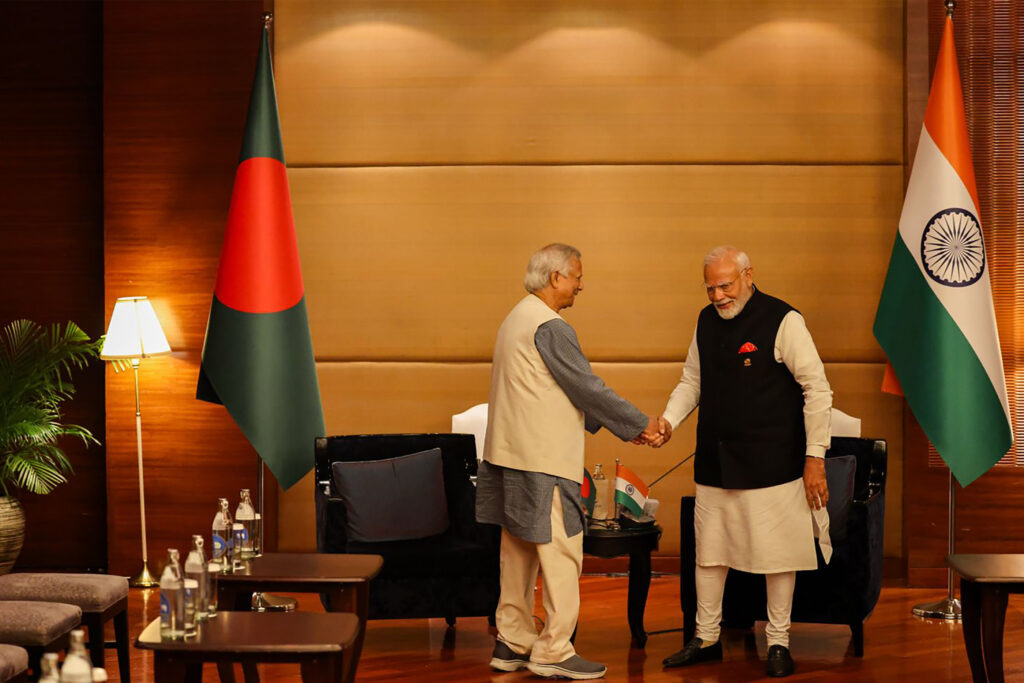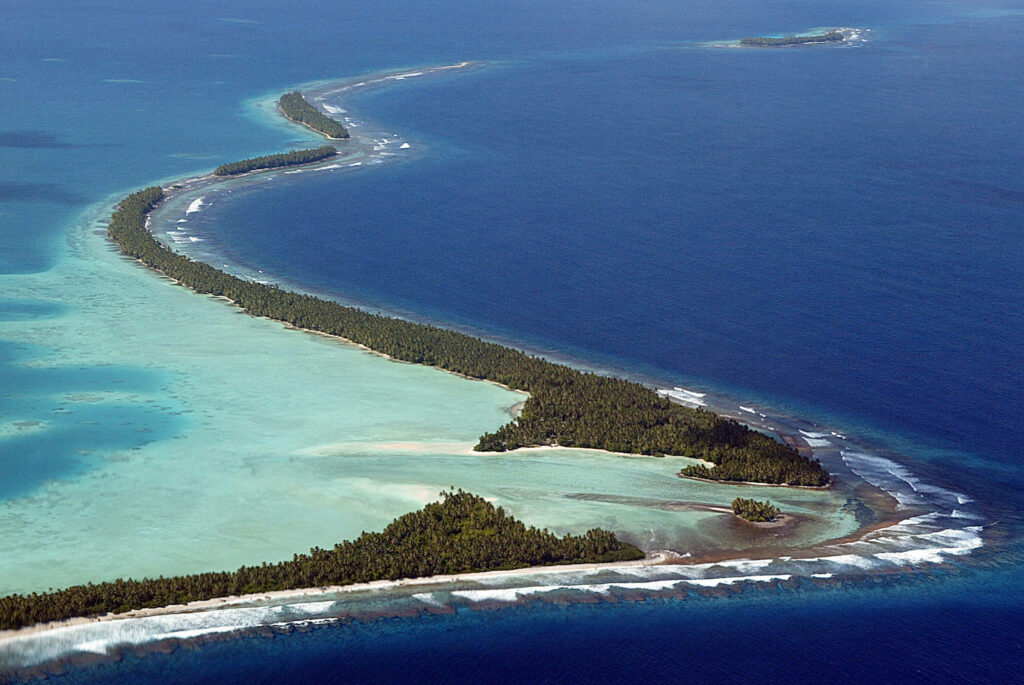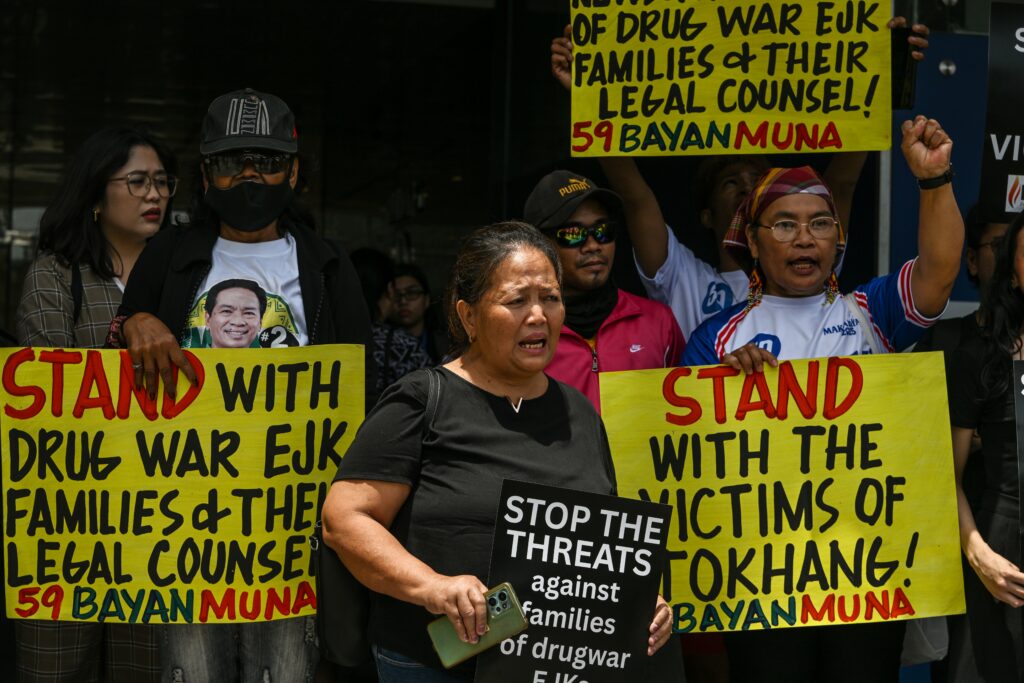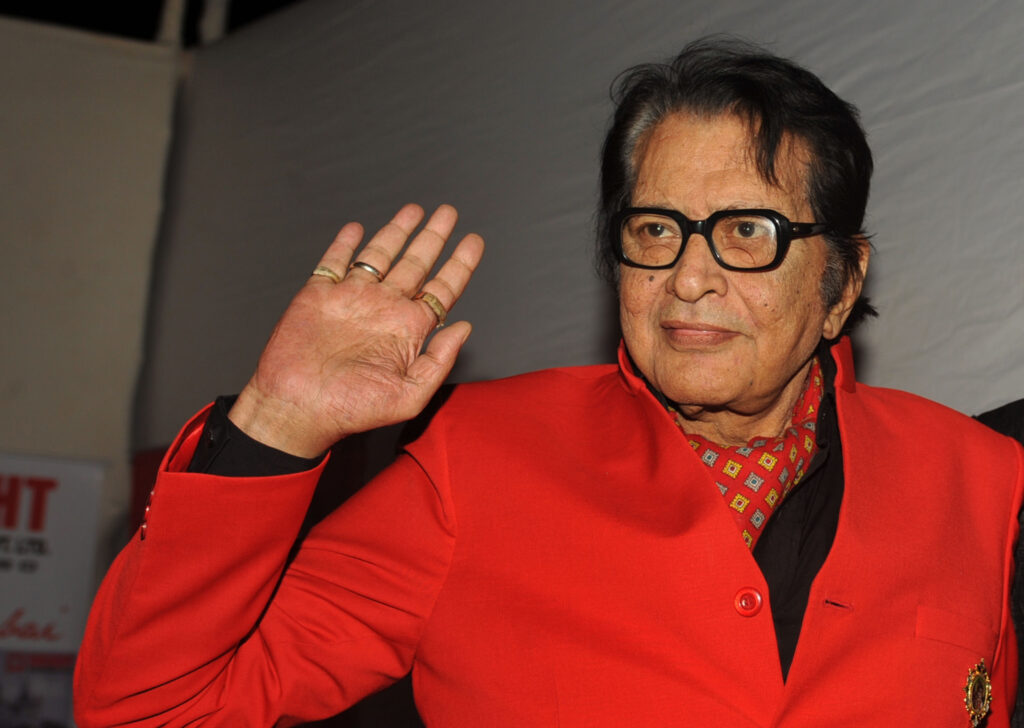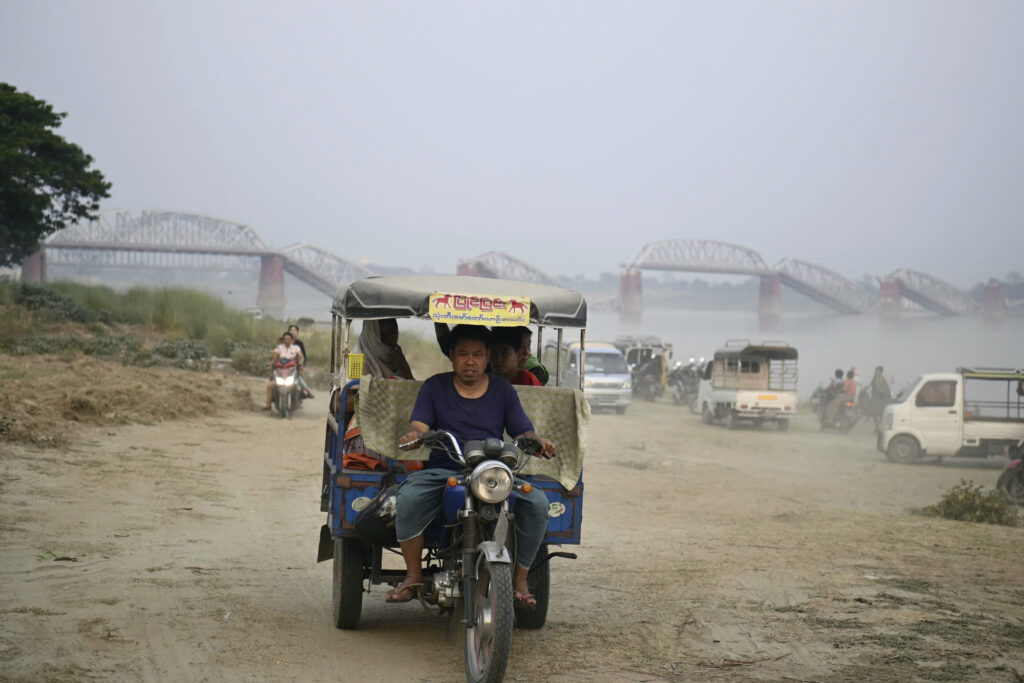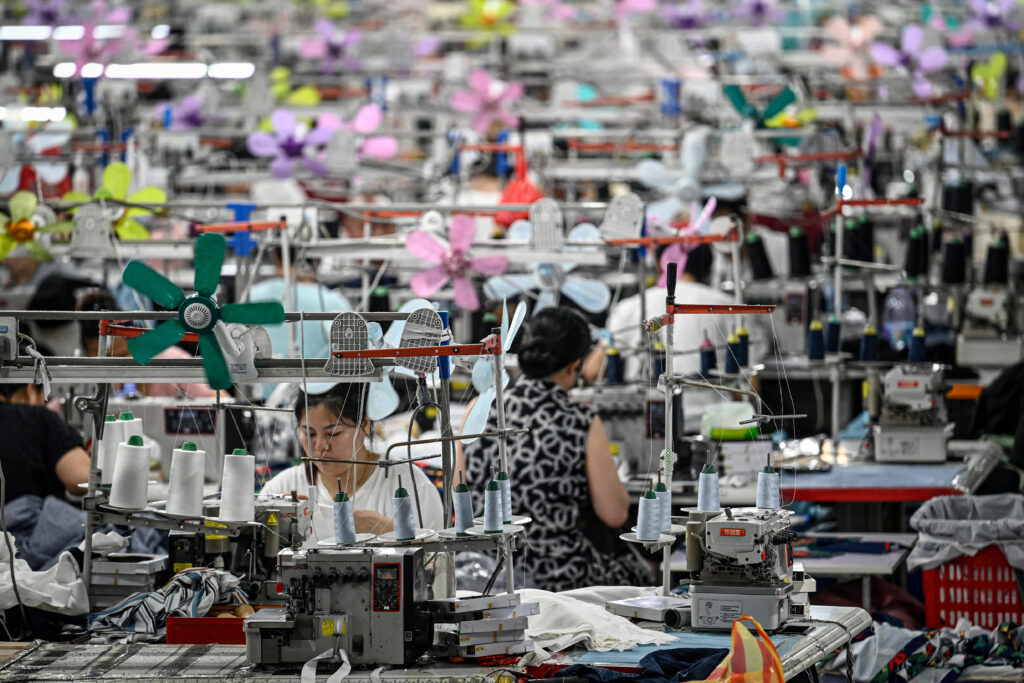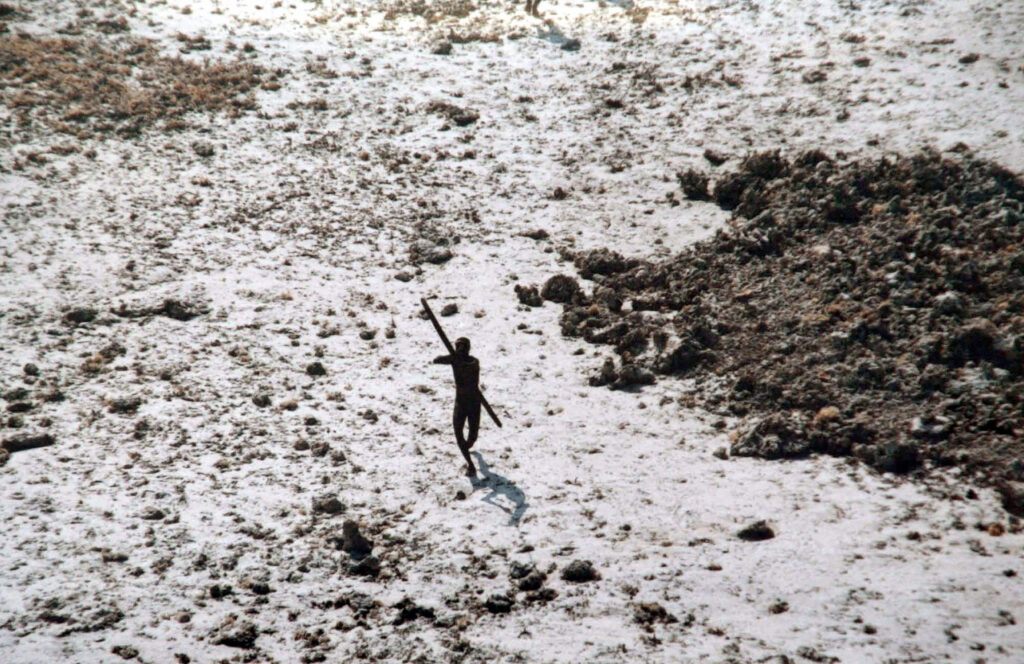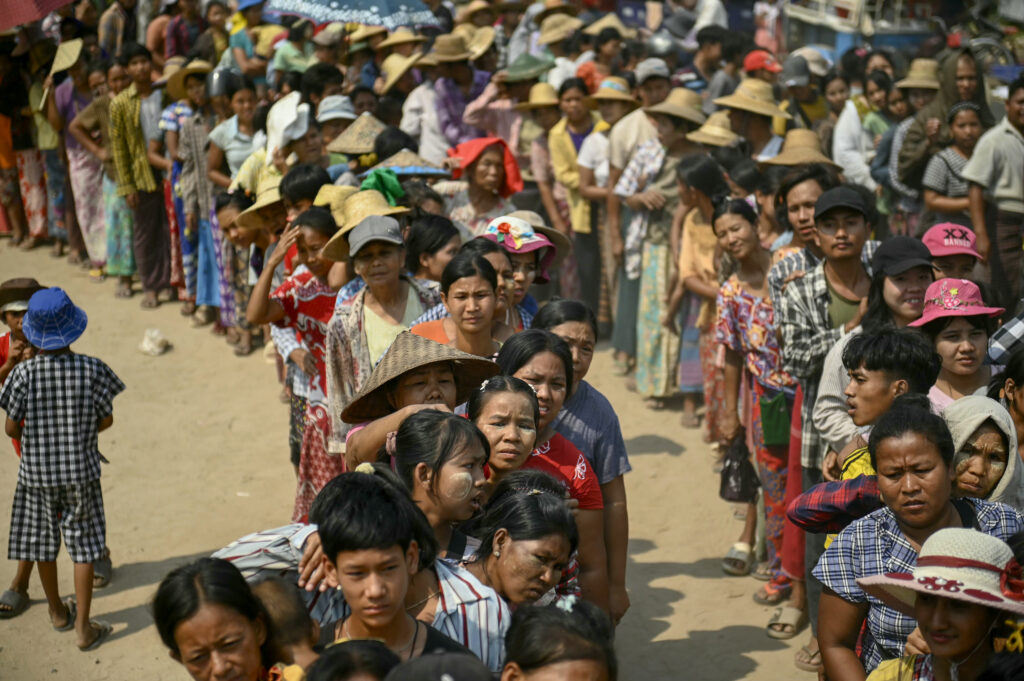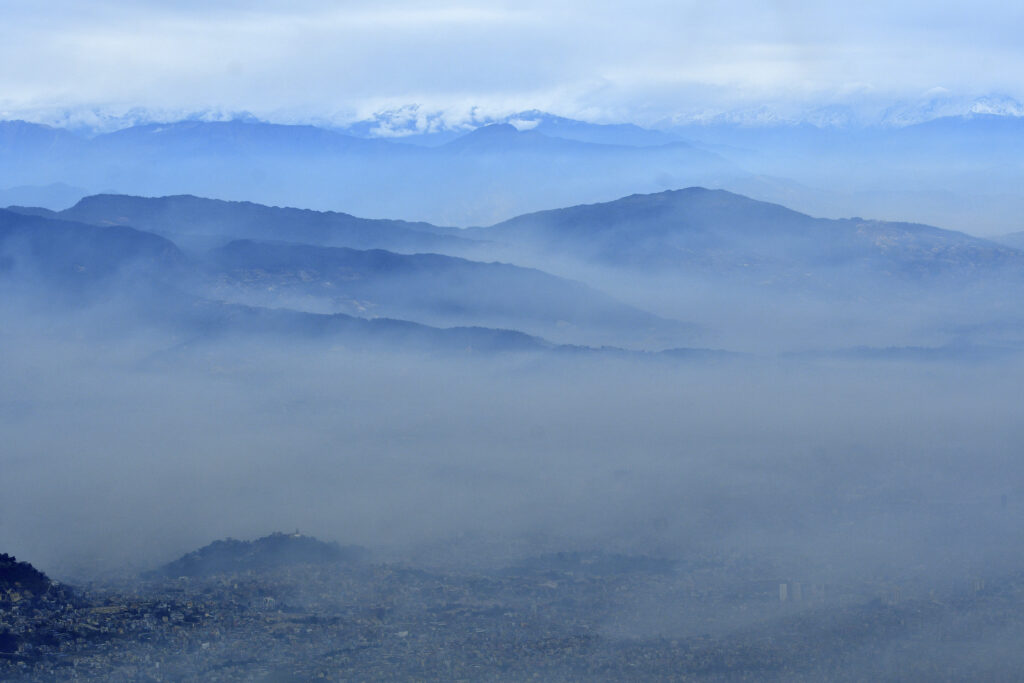India and Bangladesh leaders meet for first time since revolution
Indian Prime Minister Narendra Modi held talks with the interim leader of neighbouring Bangladesh on Friday, the first such meeting since a revolution in Dhaka ousted New Delhi’s long-term ally and soured relations.Nobel Prize winner Muhammad Yunus, 84, took charge of Bangladesh in August 2024 after India’s old ally Sheikh Hasina was toppled as prime minister by a student-led uprising and fled to India by helicopter.India was the biggest benefactor of Hasina’s government and her overthrow sent cross-border relations into a tailspin, culminating in Yunus choosing to make his first state visit last month to China — India’s biggest rival.Bangladesh has also moved closer to India’s arch-enemy Pakistan during the festering diplomatic dispute.Tensions between India and Bangladesh have prompted a number of tit-for-tat barbs between senior figures from both governments. New Delhi has repeatedly accused Muslim-majority Bangladesh of failing to adequately protect its minority Hindu citizens — charges denied by the caretaker administration of Yunus.Yunus posted a picture on social media on Friday showing him shaking hands with Modi. His press secretary Shafiqul Alam said later the “meeting was constructive, productive, and fruitful”.Their meeting took place on the sidelines of a regional summit in Thailand.Yunus also shared a photograph of the two men smiling as he handed Modi a framed picture of themselves a decade ago, when the Indian leader honoured the micro-finance pioneer in 2015 with a gold medal for his work supporting society’s poorest.- ‘Spirit of pragmatism’ -Vikram Misri, the secretary of India’s foreign ministry, told reporters that Modi “reiterated India’s support for a democratic, stable, peaceful, progressive and inclusive Bangladesh”.Modi said he wanted a “positive and constructive relation with Bangladesh based on a spirit of pragmatism”, Misri added, repeating New Delhi’s concerns about alleged “atrocities” against minorities in Bangladesh.Yunus, according to Alam, also raised with Modi Dhaka’s long-running complaint about what it says are Hasina’s incendiary remarks from exile.Hasina, who remains in India, has defied extradition requests from Bangladesh to face charges including mass murder.Dhaka has requested that India allow Hasina’s extradition to face charges of crimes against humanity for the killing of hundreds of protesters during the unrest that toppled her government.Misri said Modi and Yunus had discussed the extradition order but there was “nothing more to add” at present.Yunus also raised concerns about border violence along the porous frontier with India, as well as issues of the shared river waters that flow from India as the Ganges and the Brahmaputra wind towards the sea.Misri said that the “prevention of illegal border crossing” was necessary.Yunus’s caretaker government is tasked with implementing democratic reforms ahead of fresh elections slated to take place by June 2026.Modi and Yunus had dinner on Thursday night, sitting next to each other alongside other leaders from the BIMSTEC regional bloc in Bangkok, but the bilateral meeting on Friday was the first since relations frayed between the neighbouring nations.burs-pjm/pbt
